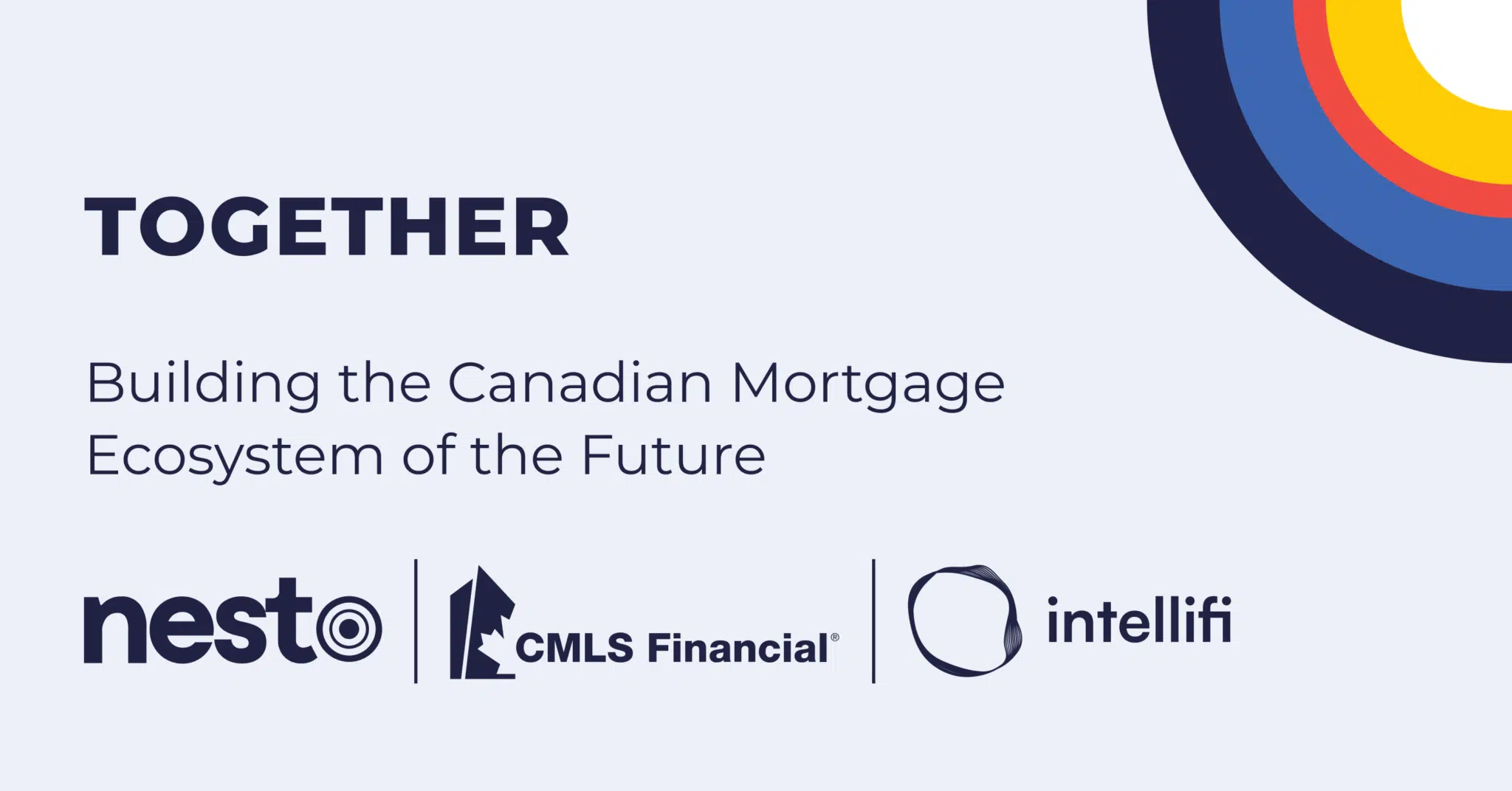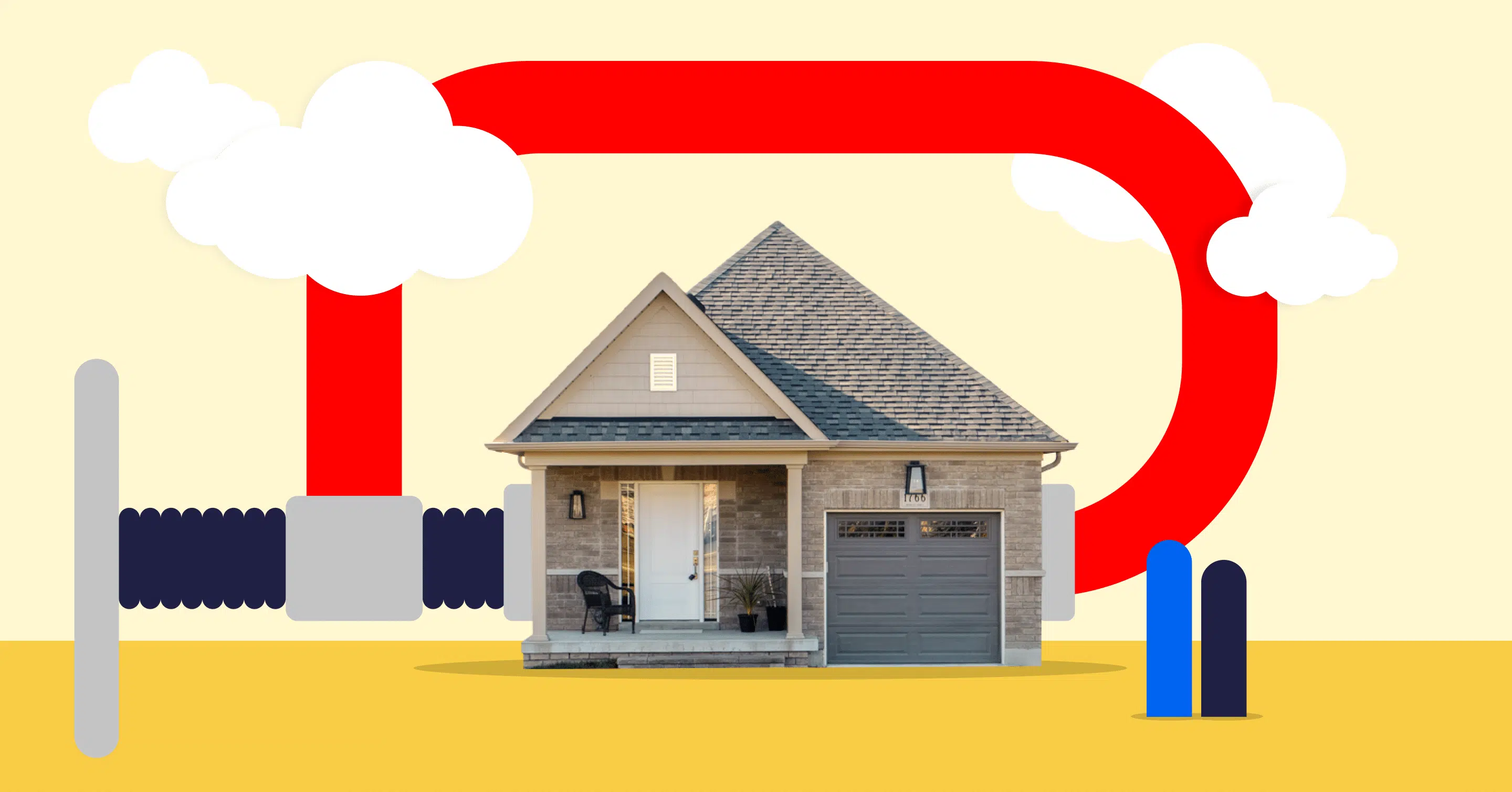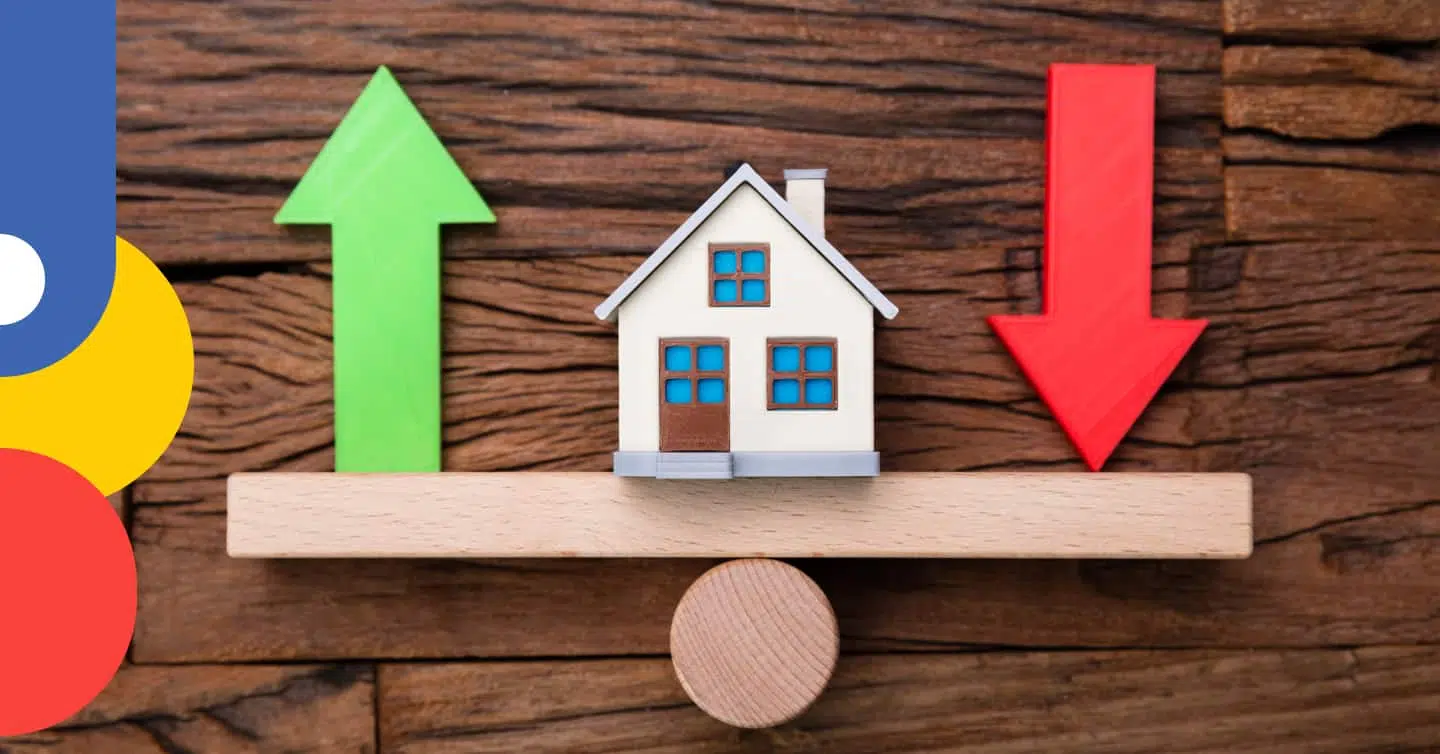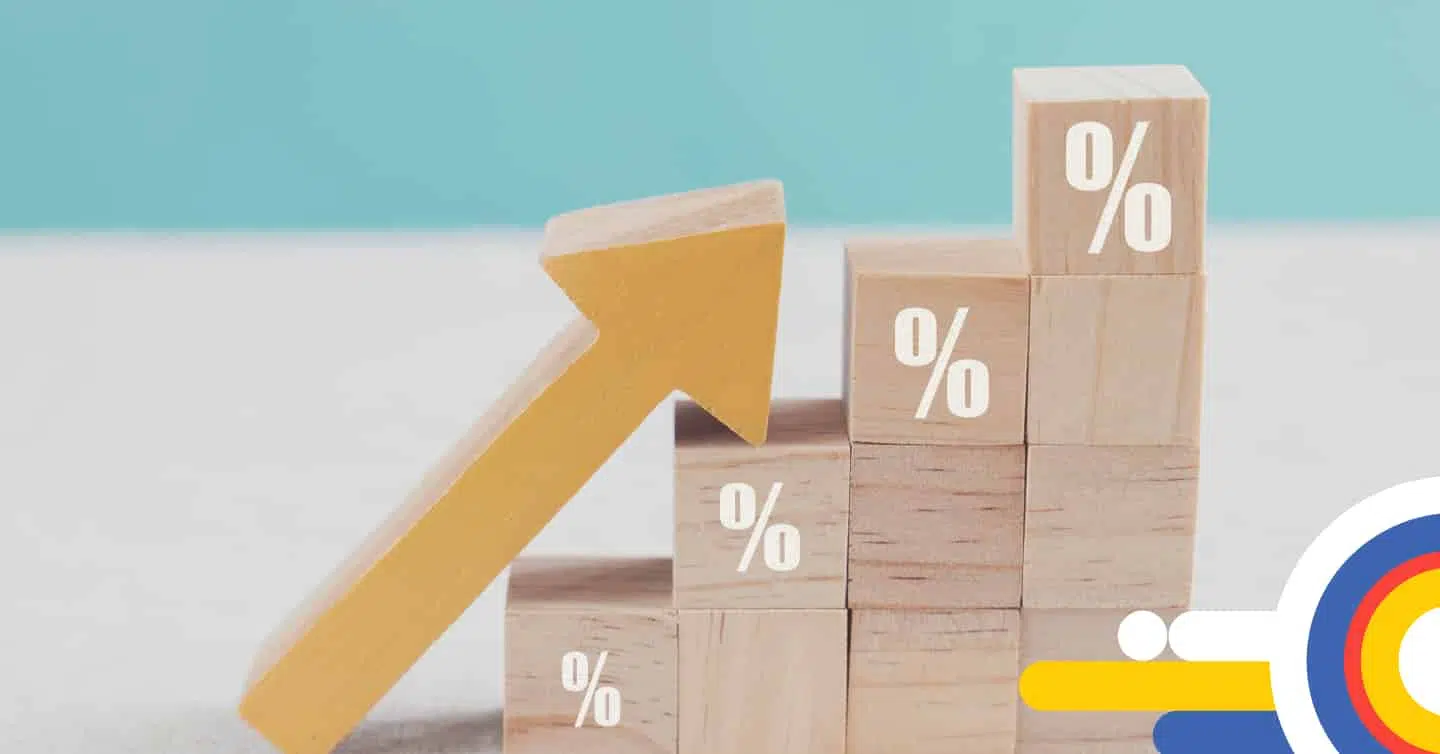Mortgage Stress Test: How Does It Work in Canada?

Table of contents
Notice: Effective November 21, 2024, mortgage transfers between lenders will be exempt from requalification. Transactionally insured (those who originally purchased with less than 20% downpayment) and uninsured mortgages (without increasing mortgage balance or amortization) will no longer be required to stress test when changing lenders at maturity. Going forward, only new purchase and refinance mortgage applications must be qualified through the stress test.
Canadian banks and lenders require a mortgage stress test to ensure you can comfortably afford your mortgage repayments if interest rates increase. The Office of the Superintendent of Financial Institutions (OFSI) introduced the stress test in 2018 for all mortgages to protect lenders and borrowers from the fallout of sudden changes in interest rates that could make mortgage payments unaffordable.
This post will cover how the stress test works in Canada, how to test your mortgage, and how it impacts you as a borrower when qualifying for a mortgage.
Key Takeaways
- The mortgage stress test is a requirement that determines how affordable mortgage repayments are in the event interest rates rise.
- The current stress test rules require you to qualify based on the higher of either the current benchmark rate of 5.25% or your current rate plus 2%.
- The stress test impacts qualifying debt service ratios, potentially reducing the amount you can borrow.
What Is a Mortgage Stress Test?
The main goal of the mortgage stress test is to ensure that borrowers can afford their mortgage payments even if interest rates increase. All federally regulated lenders require you to be stress-tested to qualify for a mortgage.
When applying for a new mortgage or refinancing, you must pass the stress test. You must also pass the stress test if switching from a non-federally regulated lender to a federally regulated lender at renewal. However, you won’t be required to pass the stress test if you’re renewing at the same lender or switching your mortgage from one federally regulated lender to another at maturity as long as you do not increase your remaining mortgage balance and amortization.
Qualifying rate: The higher of 5.25% or your mortgage rate + 2%, whichever is higher.
The stress test was designed to prevent borrowers from overleveraging themselves financially when they obtain a mortgage, which could make any future increases to interest rates a strain on their budget. The test reduces your borrowing capacity and may disqualify you, as you’ll need to prove that you can still afford mortgage payments if rates increase.
Calculating Your Qualifying Rate
The qualifying rate is determined by taking the higher value of either:
- the current benchmark rate, which is currently 5.25% or
- the contractual mortgage rate plus 2%.
The qualifying rate criteria are the same for both insured and uninsured mortgages. However, if you have an insured mortgage and are switching lenders, the stress test qualifying rate will not apply. You will instead be stress-tested based on only your contractual rate (the rate the lender offers you).
How to Calculate Your Stress Test Rate (Example):
To understand how the stress test is applied, consider the following example:
You’ve been approved for a mortgage with an interest rate of 4.79%. According to the stress test rules, you must demonstrate that you can manage payments at an interest rate of 6.79% since it is higher than the current benchmark rate of 5.25%.
Now, if interest rates fell and you were offered a rate of 3.19%, you would need to demonstrate you can manage payments at the benchmark rate of 5.25% since that rate is higher than the rate offered plus 2% (3.19% + 2% = 5.19%).
How Changes in the Qualifying Rate Impact Your Ability to Stress Test
Any increases in interest rates can impact your stress test results. Since you’re stress tested on your ability to make mortgage payments at a higher rate, any increases will reduce the amount you are eligible to borrow, which could interfere with your homebuying plans.
For example, here’s how the qualifying rate can impact your purchasing plans on a $500,000 property with a 20% downpayment, a 5-year term, a 25-year amortization and an interest rate of 4.79%. Assume you make $100,000 in gross income annually and have no additional debts.
| Contract Rate (4.79%) | Qualifying Rate (6.79%) | |
|---|---|---|
| Mortgage Payment (Monthly) | $2,278.83 | $2,750.00 |
| GDS | 31.55% | 37.20% |
| TDS | 31.55% | 37.20% |
| Approved for Mortgage? | Yes | No* |
Using the Government of Canada Stress Test Calculator
Using the Government of Canada’s mortgage stress test calculator can help you understand the impact of the stress test on your homebuying plans. The calculator can help you determine how much you can afford to borrow based on your stress-tested rate. By inputting the details about your income and debt, property information, and stress-tested interest rate, the calculator can evaluate whether you would qualify for a mortgage and pass the stress test.
Why Does Canada Require a Mortgage Stress Test?
The stress test, first introduced in 2016, was implemented for all federally regulated institutions insured and uninsured mortgages in 2018 due to concerns that borrowers were taking on too much mortgage debt. This increases the likelihood of mortgage defaults if interest rates increase and could significantly impact the economy’s stability.
The stress test was designed to mitigate the risk of widespread mortgage defaults, which could destabilize the economy. Reducing a borrower’s qualifying mortgage amount and ensuring that homeowners can afford their mortgage payments protects them from the potentially damaging effects of increasing interest rates.
How the Stress Test Impacts Your Debt Service Ratios (GDS/TDS)
Debt service ratios measure debt against income. Lenders use these ratios as qualifying tools to determine your ability to repay your mortgage. The gross debt service (GDS) calculates how much household debt you have or will have compared to your qualifying income and reflects the maximum total debt repayments you can afford each month. The total debt service (TDS) calculates how much total debt you have compared to your qualifying income and reflects the total debt repayments you can afford each month.
The GDS ratio takes the expected monthly housing costs (including scheduled stress-tested mortgage payments), heat, property taxes, and 50% of condo fees (if applicable). This number is divided by your total pre-tax (gross) monthly household income to determine the ratio of expenses to income.
The TDS ratio takes the expected monthly housing costs (including scheduled stress-tested mortgage payments) plus the total of all other monthly debt payments, including revolving monthly credit cards, lines of credit, personal loans, car loans, or leases, child/spousal support, and student loans. This number is divided by your total pre-tax (gross) monthly household income to determine the ratio of total debt to income.
Lenders typically allow GDS ratios of a maximum of 35% for uninsured mortgages and 39% for insured mortgages. For TDS ratios, lenders usually allow a maximum of 42% for uninsured mortgages and 44% for insured mortgages. If either of these ratios exceeds the maximum limits, you will struggle to pass the stress test and won’t qualify for the mortgage.
How the Stress Test Impacts First-time Homebuyers
The stress test can particularly impact first-time homebuyers (FTHB). These buyers typically have less saved up for a downpayment and, therefore, require larger mortgages. With the higher costs of purchasing a home, high interest rates, and the need to qualify for a larger mortgage, the stress test only adds to the significant hurdles faced by FTHBs. The stress test limits borrowing capacity, potentially pushing first-time buyers further away from their dreams of homeownership.
Tips on Passing and Not Passing the Stress Test
While passing the stress test is necessary for obtaining a mortgage, not passing it isn’t necessarily a dead end. Here are some tips to help you pass the stress test and what to do if you don’t pass it.
How to pass the mortgage stress test:
- Have a good credit score. A higher credit score could help you secure a lower interest rate. When interest rates are high and the qualifying rate is higher than the benchmark of 5.25%, lowering your mortgage qualifying rate can help you pass the stress test. When your credit score is between 650 and 680, you’re limited to 32/40 GDS and TDS ratios. However, once your credit score is above 680, you can use ratios up to 39/44.
- Reduce your debt service ratios. Since your GDS and TDS determine mortgage eligibility, reducing these ratios can help you pass the stress test.
- Use a larger downpayment. Since your downpayment reduces the amount you need to borrow for a mortgage, using a larger downpayment can help you pass the stress test. Additionally, you can take an insured mortgage with the lowest rate and pay for the default insurance with your own cash, making the total mortgage needed much lower.
- Choose a longer amortization. A longer amortization will reduce mortgage payments by spreading them out over a longer period of time, meaning you pay less for shelter costs. This can help lower your debt service ratios within acceptable limits. An amortization over 25 years could limit the GDS ratio to 35% at most lenders.
What to do when you fail the stress test
- Consider a more affordable home. If you fail the stress test, finding a less expensive home can help lower your mortgage amount to fit within your qualifying limits.
- Use a larger downpayment. If finding a more affordable home isn’t an option, you can consider increasing your downpayment to reduce the amount you need to borrow.
- Improve your credit score. A higher credit score can help you secure a better interest rate, which can reduce your qualifying rate. A credit score between 650 and 680 will limit your debt service ratios to 32/40 GDS and TDS. However, once your credit score is above 680, you can use ratios up to 39/44.
- Choose a longer amortization. This will reduce your mortgage payments, spreading them out over a longer period of time and lowering debt service ratios. With a 20% downpayment, you could use a B lender to qualify for up to 40 years. However, this could mean you pay more interest over time than a prime mortgage with 25-year amortization.
- Increase your income. Increasing your income can lower your debt service ratios, helping you qualify for the mortgage.
Frequently Asked Questions
Can I get a mortgage without a stress test?
If you have a 20% downpayment saved, you can choose to go to a non-federally regulated lender as they do not have to follow the strict lending criteria and are not required to use the stress test to qualify borrowers. However, these lenders may have other qualifying criteria that you must meet and generally charge higher interest rates.
Do you need to pass a stress test to renew your mortgage?
If you are staying with your current lender or switching from one federally regulated lender to another, you do not need to pass the stress test to renew your mortgage. However, if you are currently with a non-federally regulated lender or want to increase your mortgage balance or amortization, you must pass the stress test and requalify.
How do I know if I passed my mortgage stress test?
Generally, you will pass the mortgage stress test if your GDS and TDS are below 35% and 42% for uninsured and 39% and 44% for insured mortgages. You can use an online stress test calculator to determine if you can pass a stress test based on current interest rates and debt servicing ratios. Alternatively, if you have already applied for a mortgage, your lender will inform you if your application is denied due to capacity (based on stress test results).
Do all mortgage lenders use the stress test?
As of June 1st, 2021, all uninsured mortgages (downpayment above 20%) and insured mortgages (downpayment below 20%) at federally regulated institutions must qualify based on the benchmark qualifying rate of 5.25% or the contract rate +2%, whichever is higher. However, if you have a 20% downpayment saved, you could review alternative lending solutions like those of private lenders that are not federally regulated. They may have different lending requirements that don’t include the stress test as part of the mortgage approval process.
Final Thoughts
Stress testing is an essential way lenders can assess whether applicants will be able to pay their monthly payments if rates change. By simulating the impact that an increase in your mortgage repayments would have on your finances, stress testing is a way to protect both lenders and borrowers.
For lenders, stress testing means they can reduce the risk by only allowing those with additional breathing room in their budget. For buyers, it means they won’t end up underwater if rates go up.
If you’re looking for sound advice with a great mortgage strategy that works with your long-term financial goals, reach out to nesto’s mortgage experts today.
Ready to get started?
In just a few clicks, you can see our current rates. Then apply for your mortgage online in minutes!
in this series Stress Test
- Stress Test Calculator next read
- Mortgage Stress Test: How Does It Work in Canada? currently reading
- Stress Test Calculator next read
- What’s an Ideal Debt-To-Income (DTI) Ratio for a Mortgage? next read
- How to Calculate GDS and TDS next read
- What Credit Score Do You Need to Get a Mortgage? next read















